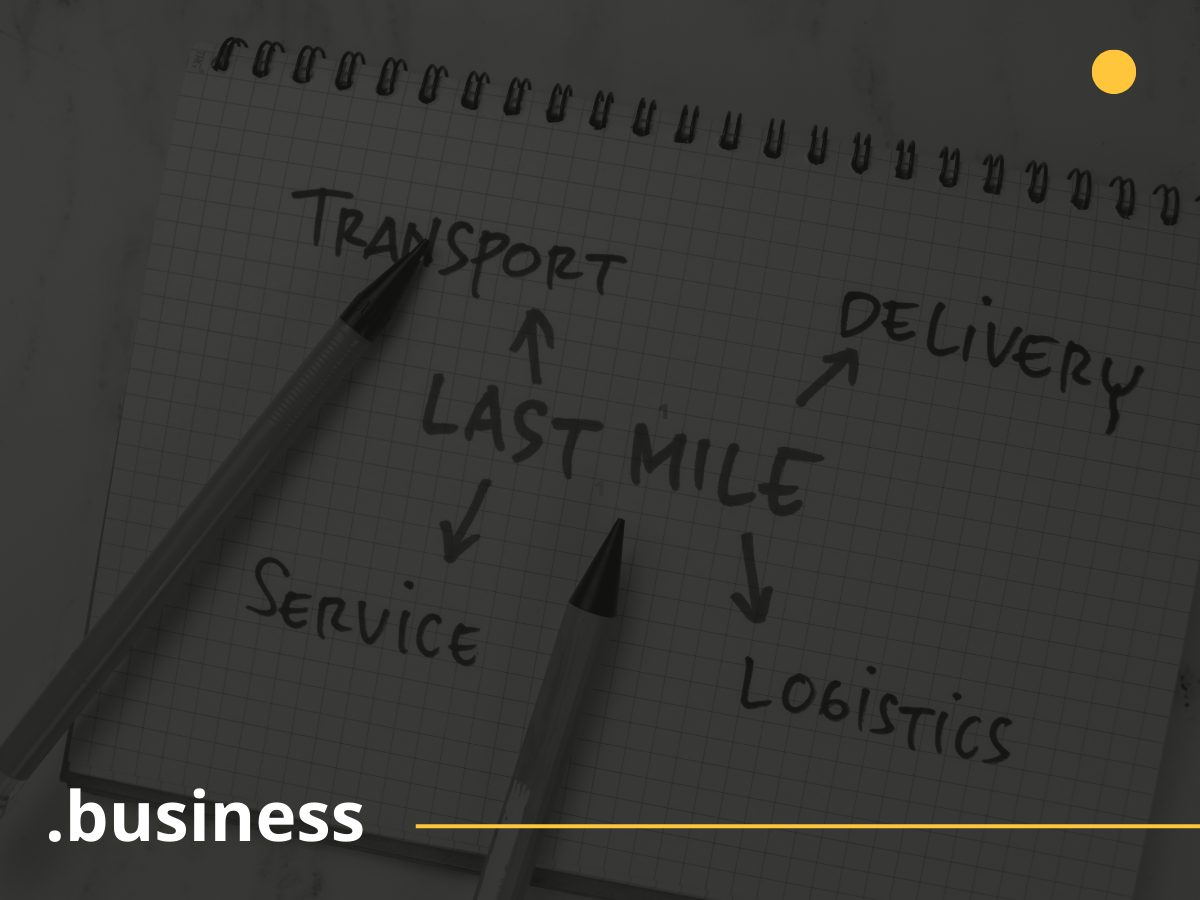You’ve probably noticed that, with the growth of online shopping, product delivery has become a decisive factor in the consumer experience. Today’s logistics involve inventory management, distribution, and meeting increasingly shorter delivery windows.
Because of so many factors, finding the best way to manage this is truly a matter of survival, as the competitive landscape forces retailers to rethink their logistics strategies.
On top of that, customer expectations have reached a new level, and any failure in the process can result in lost sales and damaged reputation. The challenge lies in balancing efficiency and costs without compromising service quality.
As a result, the need for a sustainable logistics operation is also growing, since consumers value environmentally responsible practices. That’s where Last Mile and Quick Commerce come into play.
Keep reading to understand these concepts and how they can revolutionize your company’s logistics.
What are the main challenges of Last Mile in e-commerce?
The final stage of delivery, known as Last Mile, presents the greatest logistical hurdles because the last stretch — from the distribution center to the consumer — needs to be fast and predictable. However, that’s not always easy. Delivery time is one of the biggest customer demands, with many expecting to receive their purchases within a few hours or by the next day.
Free shipping, flexible delivery options, and real-time tracking have become the new standard for meeting these expectations.
Because of this, cost is also a major concern. Serving different areas — often distant or traffic-congested — increases operational expenses.
Businesses that can’t strike a balance between speed and cost risk harming their profitability. Moreover, the growing volume of orders demands that carriers find solutions to avoid bottlenecks and delays.
In this context, congested cities make deliveries slower and increase travel times. Storing inventory closer to consumers through micro logistic hubs has become one of the main alternatives to ease the issue. However, finding suitable spaces at a viable cost isn’t always easy.
Businesses that fail to adapt to these new demands risk rapidly losing competitiveness. As a result, companies must offer truly differentiated solutions, such as custom delivery time slots and alternatives for customers who can’t receive orders at home during business hours.
What innovations are transforming product delivery?
Major brands are investing in solutions to make logistics more dynamic — focusing on Quick Commerce, which refers to ultra-fast deliveries. Amazon, for example, launched Amazon Flex, a system that allows independent drivers to make deliveries. This initiative expands distribution capacity and shortens delivery times, creating a more flexible model.
Meanwhile, retail giant Walmart is using drones to deliver small packages faster and at a lower cost. This technology has the potential to fundamentally change the sector by removing logistical barriers and drastically reducing delivery time. Plus, drones can help reduce environmental impact by lowering dependency on fossil-fueled vehicles.
Ford Mobility, on the other hand, is betting on connected vehicles and artificial intelligence to optimize routes. Sensors and smart systems analyze real-time data to make deliveries faster and reduce operational waste. It’s clear that the future of logistics is built on such innovations, aiming to make e-commerce more dynamic and accessible.
Smaller companies aren’t being left behind either. Some retailers are already implementing smart lockers, allowing customers to pick up their orders at strategic locations without needing to be at home during delivery. This approach reduces logistics costs and increases convenience, while also being a strong marketing differentiator.
What trends will transform logistics in the coming years?
Autonomous vehicles are already being tested by several companies and could represent a new era for goods transportation. Without the need for drivers, automation can cut costs and make delivery even faster.
Additionally, with AI, companies will be able to calculate the best routes in real time, factoring in traffic, weather, and other variables. This means fewer delays and a better customer experience — and predictive algorithms will allow issues to be identified and fixed before they affect deliveries.
Another trend gaining traction is predictive analytics. By using large volumes of data, businesses can anticipate demand peaks, avoid inventory issues, and make smarter decisions to prevent costly surprises.
One more noteworthy trend is the rise of dark stores — small distribution centers strategically located in urban areas. These stores are exclusively used for quick product dispatch and restocking, enabling same-day deliveries and cutting travel time.
What can companies do to improve their logistics?
As we’ve shown, brands looking to keep up with this evolution must invest in technology and innovation. Automating processes, using AI to forecast demand, and optimizing inventory management are essential for staying competitive.
Beyond that, it’s smart to offer consumers options like in-store pickup, collection points, or express delivery to enhance the shopping experience and widen service possibilities. Of course, logistics must be integrated with other sales channels, creating an omnichannel strategy that makes the process more efficient and satisfying for the customer.
It’s also important to mention that strategic partnerships with carriers and logistics startups can help speed up operations. This reduces costs, boosts productivity, and ensures logistics keeps pace with the ever-evolving e-commerce landscape.
Investing in management software, IoT sensors for cargo monitoring, and blockchain for traceability can also make the process more transparent, helping identify bottlenecks and quickly implement solutions.
Another strategy to improve logistics is delivery personalization — offering flexible time slots, rescheduling options, and alternative delivery locations can greatly enhance the customer experience. After all, companies that invest in convenience are more likely to build loyalty and generate positive recommendations.
Now that we’ve reached the end of this article, we want to emphasize that the future of e-commerce depends on a logistics system that is ready for the challenges of the digital era. As you’ve seen, brands that deliver fast, flexible, and consumer-aligned services will stay one step ahead in the race for online retail success.
So, leverage tools like Last Mile and Quick Commerce to deliver your products with speed, efficiency, safety, and traceability — for both your business and your customers.Don’t fall behind, get in touch with us and discover how we can help you improve your logistics processes!




